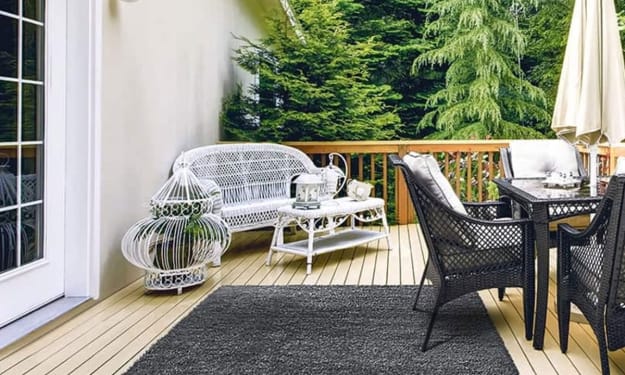Things to Consider In a Smartphone Camera 2023
Things to Consider In a Smartphone Camera

Aperture
The top-of-the-line smartphones made by giants like Samsung and Apple have larger apertures for lenses that are less costly smartphones and, as a result the quality of images is superior. Samsung Galaxy S9 Plus Samsung Galaxy S9 Plus as an instance, features a large f/1.5 aperture. It's also capable of taking pictures which has blurred backgrounds, particularly in situations where the subject has been placed near to the focal. It's actually one of the top cameras available in smartphones.
Large Screen
Because there's no conventional viewfinder, you'll hold your phone with two hands and utilising the screen for a lens and shutter release. In turn, the larger the screen the more detail you can be able to see. If you also notice that the display of smartphones is made from Gorilla Glass, this is beneficial as it is less prone to scratches. The larger its resolution, the more clear the image will appear, therefore you should examine the specifications of the phone to determine this. In the case of an Apple phone that has the Retina design, then it's even more impressive as images will appear sharp and crisp.
There's a contest taking place right now to create a phone with the smallest bezel possible, and a notch-free and an chin-less design. It's not an easy issue, however some companies are getting very close. Vivo for instance, has released the Nex with the screen-to-body ratio exceeding 91 percent.
Optical Image Stabilisation
Image Stabilisation is a feature included in smartphones to minimize the impact that the shake can have on your photos. If you don't have it in place, every motion you make will be detected by the camera and ruin the quality of your photo. It could also impact the quality of videos recorded by your smartphone.
Lenses & Zoom
The lenses you will find in the top smartphones are of high quality and occasionally offer larger aperture than the ones available on smaller digital cameras. In addition, since designers are trying to create smartphones smaller than they could be it's difficult to find space for optical zooms, which is why they usually come with an flange prime lens or several prime lenses instead. And we've all heard about the benefits of using prime lenses over zooms.
The problem with this is that many phones have digital zoom that can be unreliable. You'll be able to get a better photograph if you make use of your feet instead of using your pinch-zoom feature of your phone. Clip-on lenses are another option , and a number of companies are now producing lenses like the well-known manufacturer ZEISS.
It's important to note that certain smartphones come with multiple lenses, with different focal lengths. For instance, iPhone X, which has two times optical zoom as opposed to only one fixed lens as well as it's the Huawei Mate 20 Pro, with three cameras mounted on its back.
Focus and Shutter Response
Being aware of how fast the camera on your phone can focus and its shutter response is helpful, but you'll need to read through reviews to learn more about this. Knowing the number of frames per second (fps) the camera is able to create images is beneficial to know, as rapid fps could improve your chances of taking the perfect image in situations when the subject moves.
In terms of autofocus, on the majority of cameraphones you can press the screen in the direction you would like the camera to be focused and it is the same for all models , however some provide modes like face-priority and smile detection for those who are social photographers.
Flash
Most smartphones include an integrated LED flash, but because they can be somewhat rough when used close and don't extend very far in photographing subjects further away, it's something to be a priority to. Actually, most of the time , you'll need to shut off the flash since the camera is likely to be set to auto flash which will fire even at times you don't want it to. Some cameras have dual-tone LED flashes for better lighting. If you're a selfie phone, you might want to look for an Android phone equipped with a front-facing flash that is LED.
Video
4K video is now available on more recent smartphones and, obviously this means that the footage you record is more professional. The most modern smartphones come with 4K video and 60 frames per second for smoother video However, some are "just" 30fps. Make sure that stabilization is employed when recording video footage, as this can enhance the quality significantly and the option to utilize continuous AF during recording will allow you to make better videos too.
The cheapest smartphones tend to push video quality to 10-80p, or even 720p. Also, it's worth noting that 4K video can consume lots of space and if you don't own an phone with a big capacity of storage, or that supports memory cards you might prefer making FullHD video.





Comments
There are no comments for this story
Be the first to respond and start the conversation.